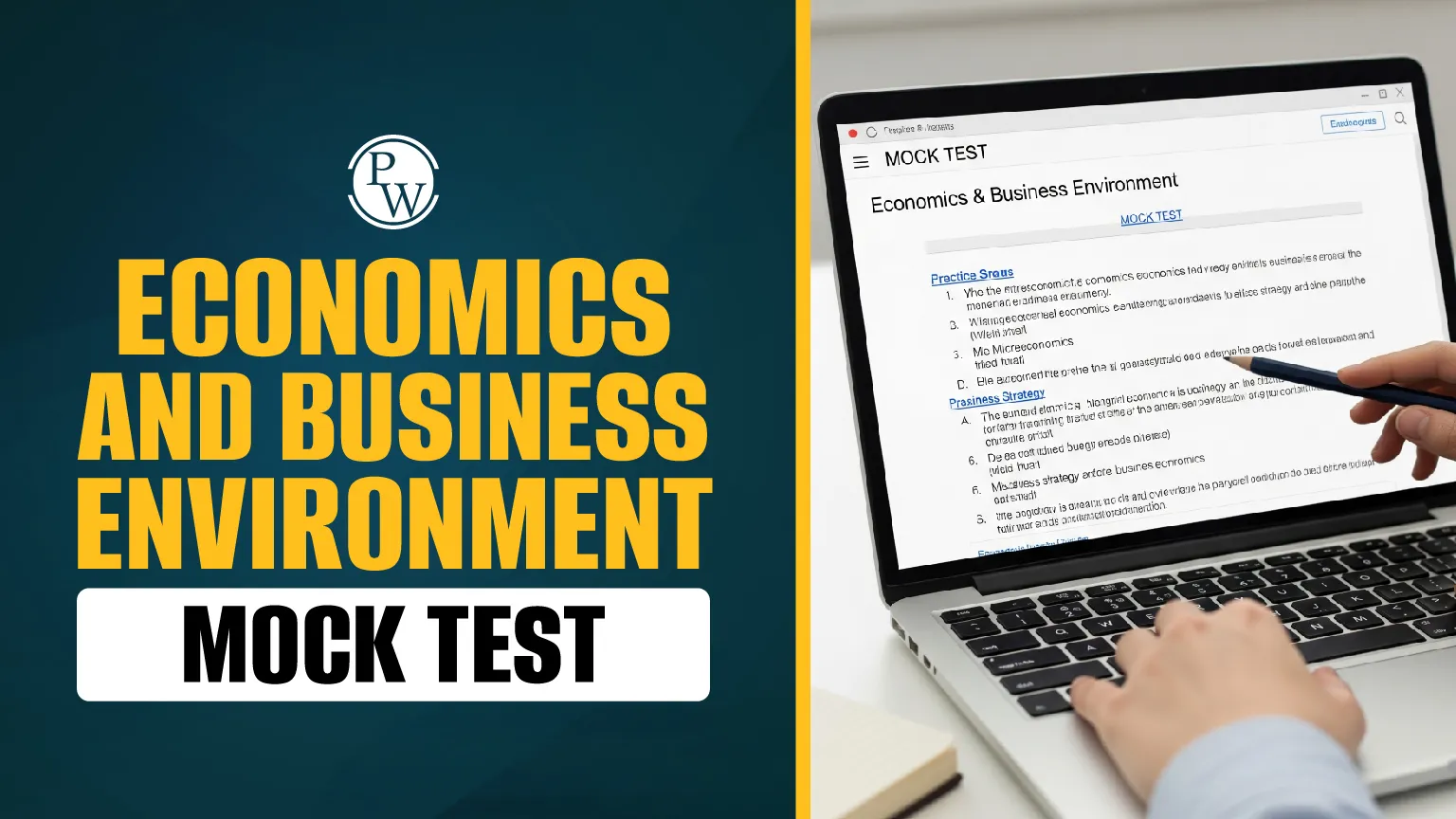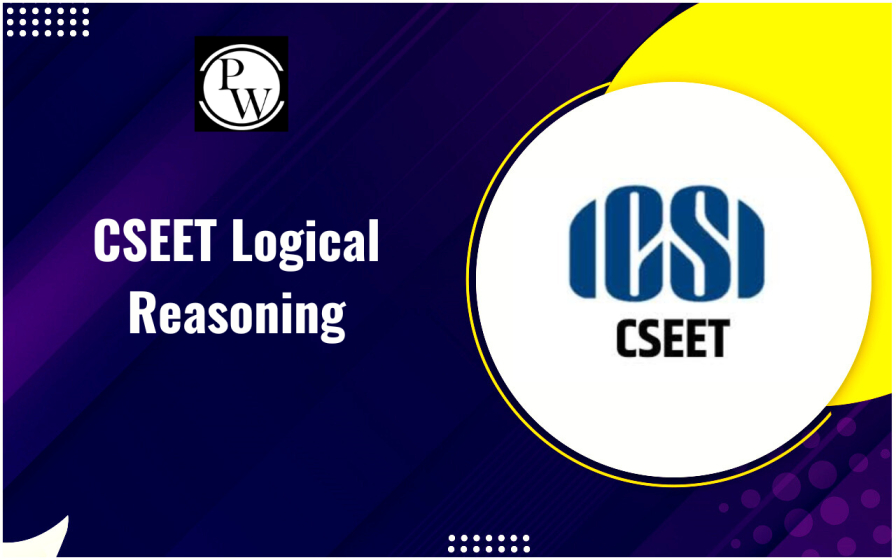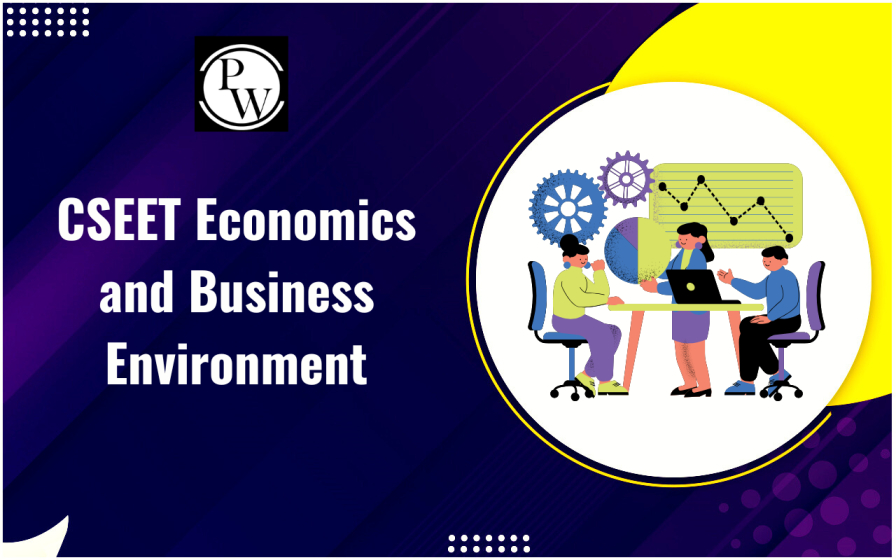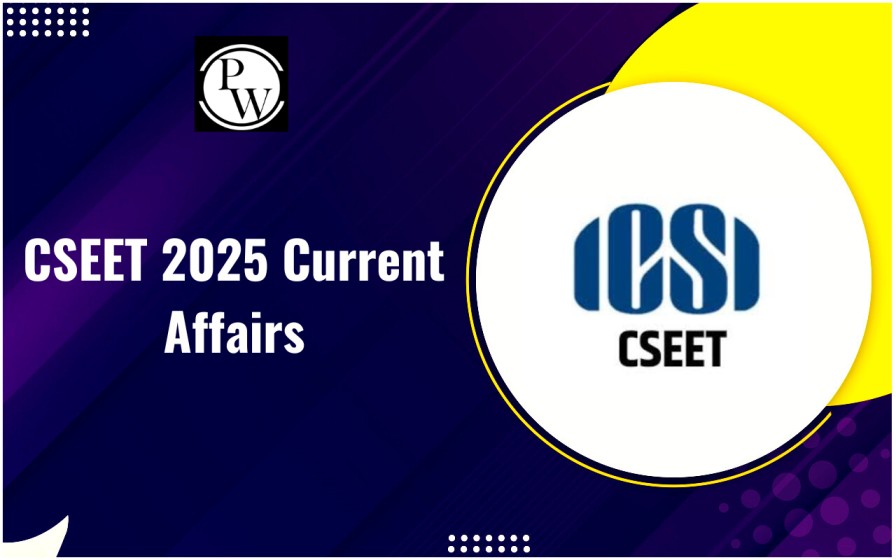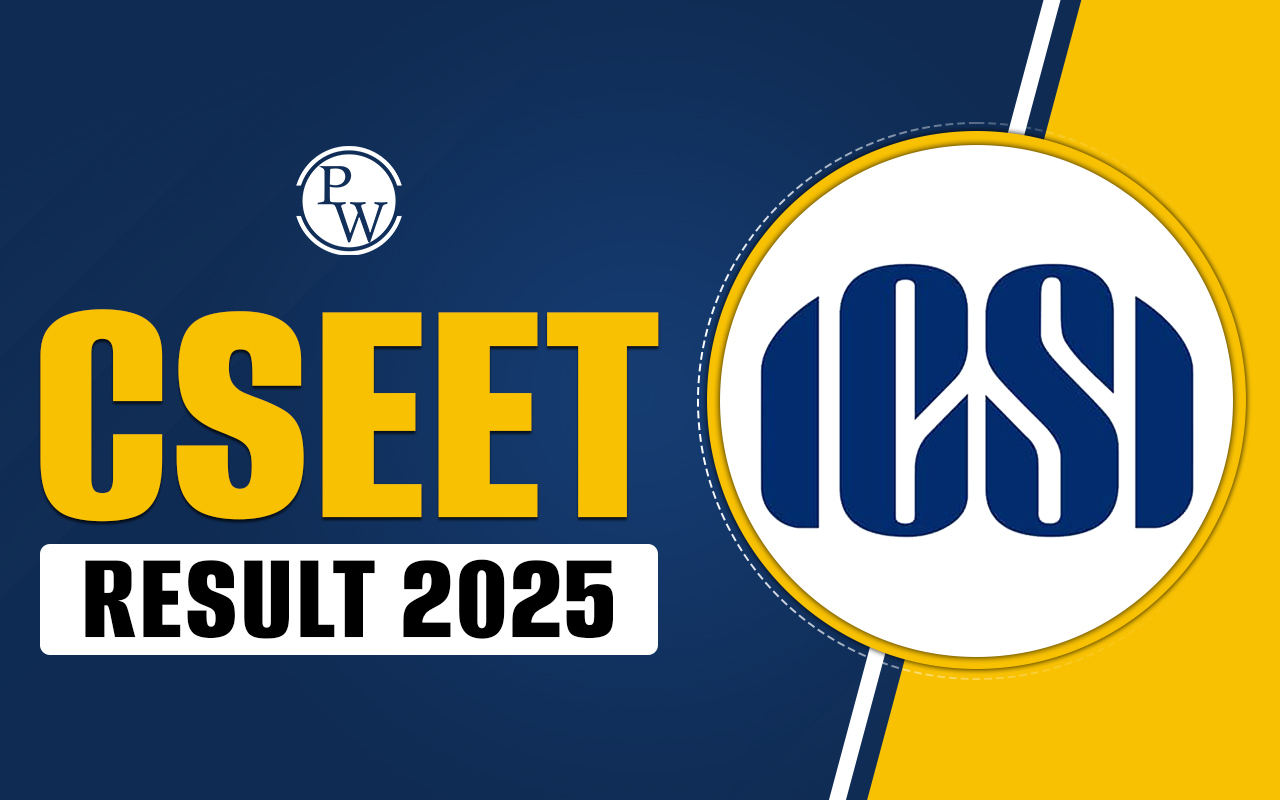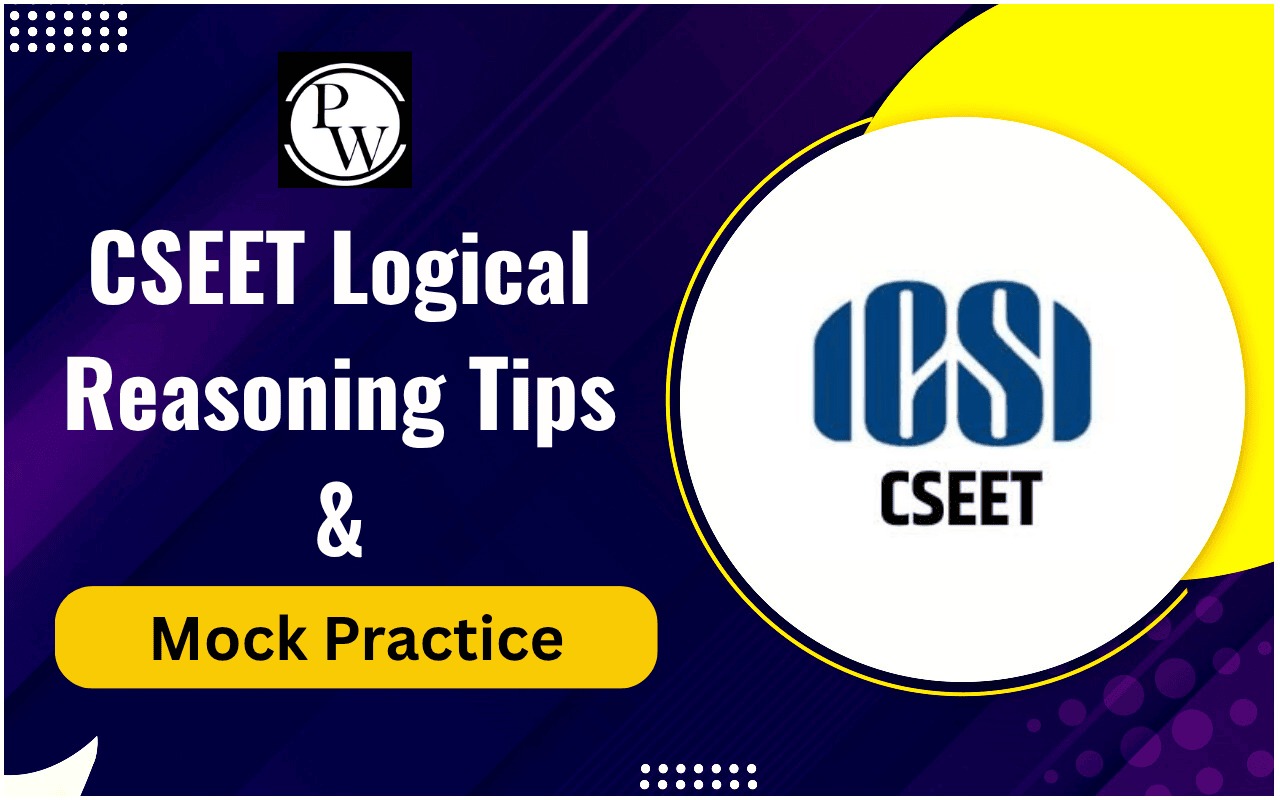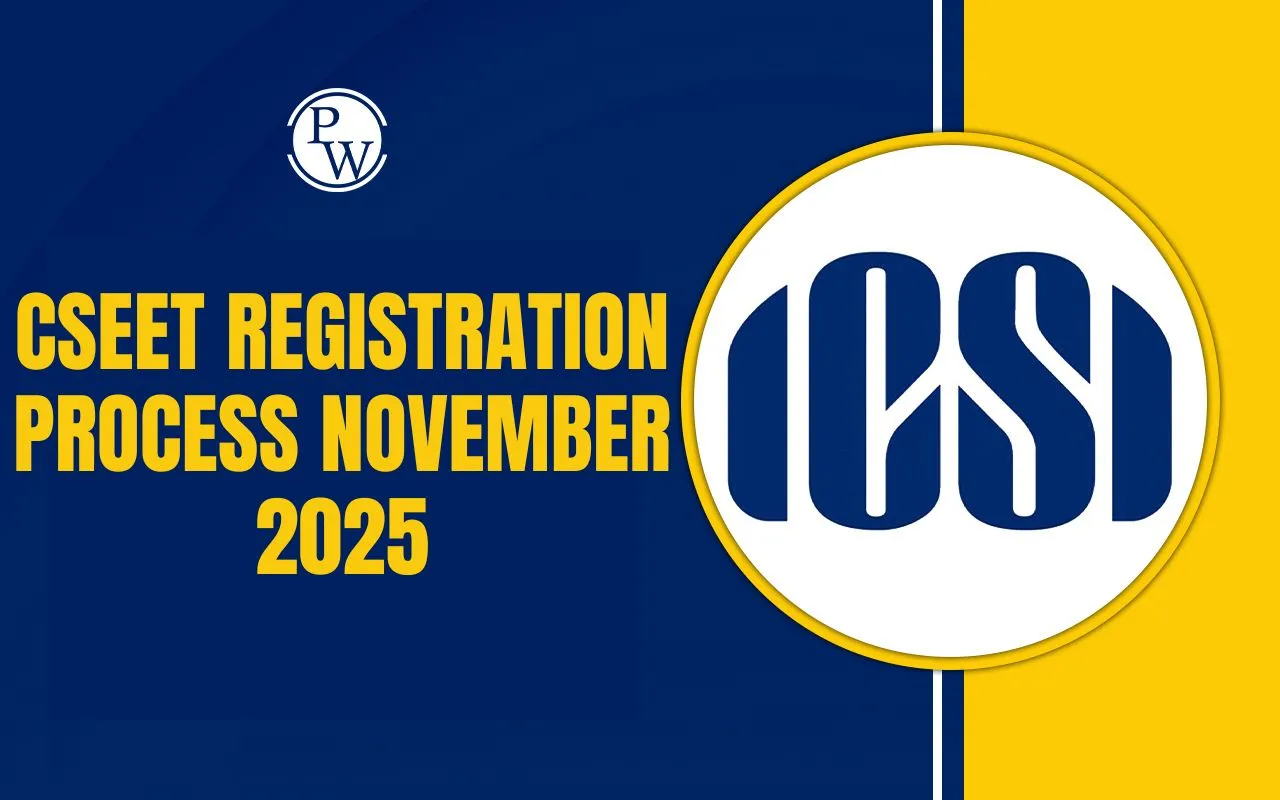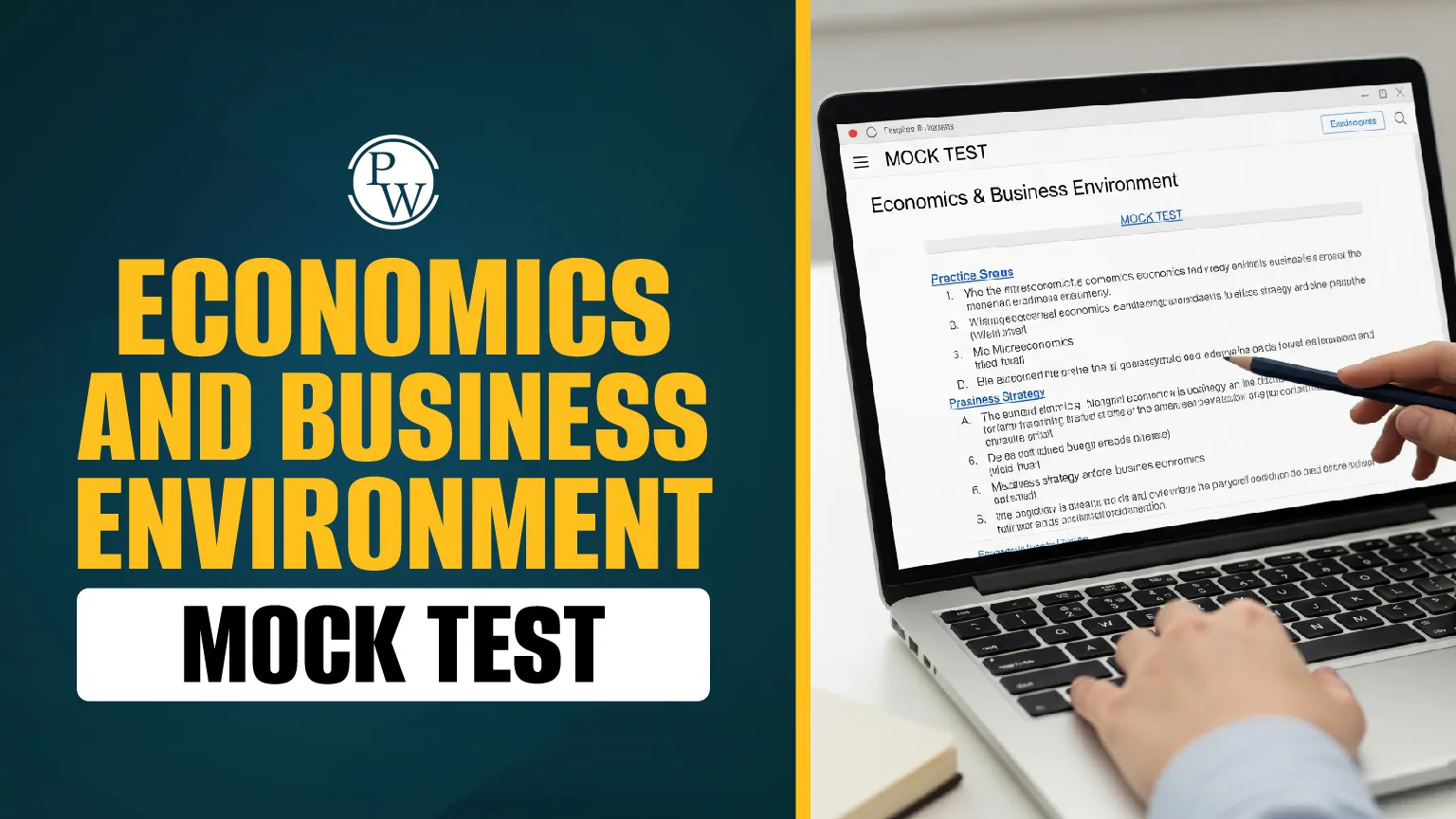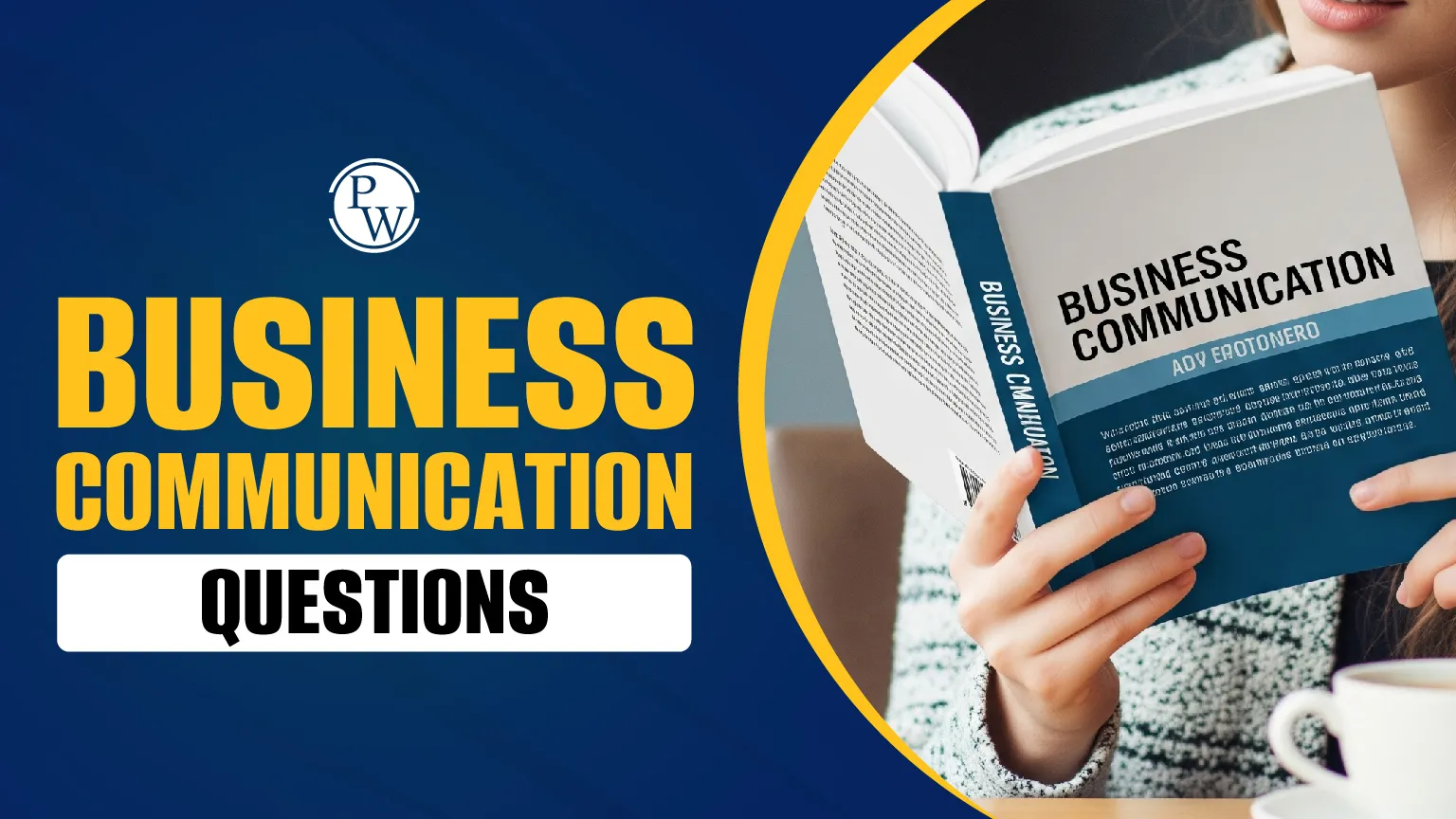
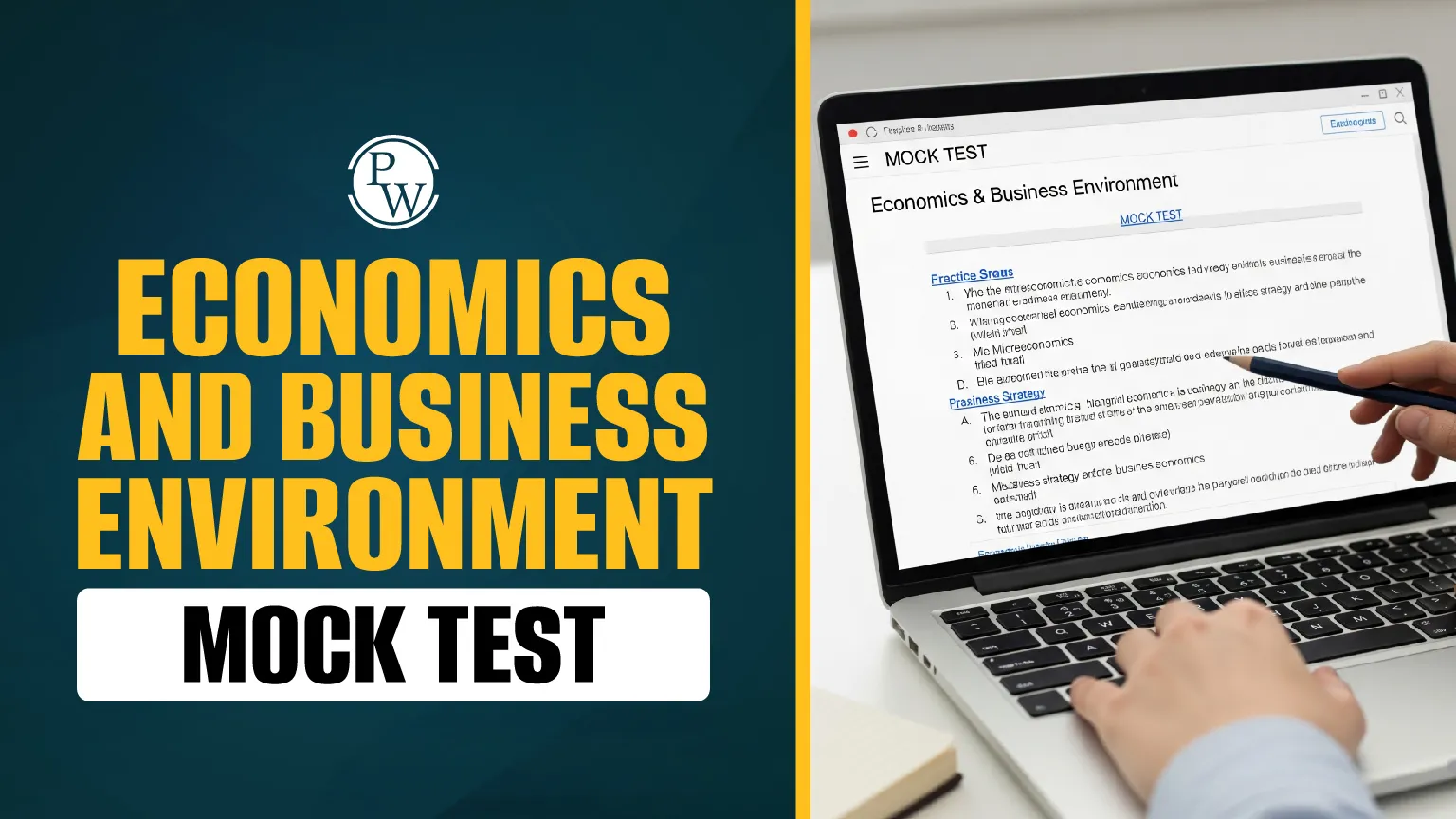
Economics and Business Environment Mock Test is designed to provide Company Secretary (CS) aspirants a comprehensive platform for revising core concepts and practicing application-based questions in a structured format. Focused on enhancing exam strategy, improving time management, and building clarity across critical topics, this mock test includes 50 well-structured questions equally divided between Economics and Business Environment. With a balanced mix of theoretical and practical components, the test enables aspirants to gauge their preparation level and identify areas needing further revision.
Economics and Business Environment Mock Test
Economics and Business Environment Mock Test offered a focused opportunity for students to assess their preparation level through a comprehensive set of total 50 questions, out of which 25 questions are for Economics and 25 questions for Business Environment. These questions were thoughtfully curated to cover both conceptual clarity and application. The mix included questions that required theoretical knowledge, critical thinking, and practical application, mimicking the pattern followed in the actual CS examination.
The test session spanned various topics such as:
- Cross elasticity and income elasticity of demand
- Features of perfect competition, monopoly, and oligopoly
- Demand and supply dynamics
- National income accounting methods
- Macroeconomic indicators
- Characteristics of the business environment
This article emphasized a balanced preparation approach where Economics and Business Environment are treated with equal importance, given their collective weight in the exam. Students were encouraged to attempt every question with focus, presence of mind, and speed, just as required in the actual exam setting.
Also Check:
Economic and Business Environment Mock Test Question
Explore a selection of questions included in the Economic and Business Environment Mock Test to understand the depth and pattern of questions commonly seen in CSEET-related assessments.
Q1: If tea and coffee are substitute goods, what will be the nature of their cross elasticity of demand?
a) Zero
b) Negative
c) Positive
d) Infinite
Ans: d) Infinite
Q2: Change in the demand of a commodity due to change in the factors other than price of the commodity itself is known as
a) Increase and Decrease in Demand
b) Changes in Demand
c) Shift in Demand
d) All of the above
Ans: d) All of the above
| Current Affairs and Quantitative Aptitude Questions | Economic and Business Environment Question | Legal Aptitude and Logical Reasoning Question |
Q3: A good with unitary income elasticity will show
a) No change in demand with income
b) Equal percentage change in demand and income
c) Demand increase less than income
d) Demand increase more than income
Ans: b) Equal percentage change in demand and income
Q4: Which of the following is/are the features of perfect competition?
a) Large number of buyers and sellers
b) Identical products
c) Free entry and exit
d) All of the above
Ans: d) All of the above
Q5: A duopoly is a market where:
a) Two buyers dominate the market
b) Two firms dominate the market
c) Two products are sold
d) There is a single buyer and seller
Ans: b) Two firms dominate the market
Q6: A market situation in which there are only few firms producing differentiated product which are close substitutes is
a) monopolistic competition
b) oligopoly
c) duopoly
d) perfect competition
Ans: b) oligopoly
Q7: A……… is one when there is no change in the demand of a product with change in its price
a) Perfectly Elastic Demand
b) Unitary Elastic Demand
c) Perfectly Inelastic Demand
d) Relatively Elastic Demand
Ans: c) Perfectly Inelastic Demand
Q8: Which of the following is a limitation of Per Capita Income?
a) It provides a precise measure of the country’s wealth
b) It doesn’t consider income distribution within the country
c) It includes both current and past income data
d) It measures only the income of the poorest individual
Ans: b) It doesn’t consider income distribution within the country
Q9: From the following information, calculate GDP at Market price:
GDP at Factor Cost = INR 200 Cr
Indirect Tax = INR 50 Cr
Subsidies = INR 20 Cr
a) INR 500 Cr
b) INR 230 Cr
c) INR 330 Cr
d) INR 130 Cr
Ans: b) INR 230 Cr
Q10: Which type of income is categorised as ‘mixed income’ in national income accounting?
a) Only labor income
b) Only capital income
c) Transfer payments
d) Incomes that cannot be clearly separated into labor or capital income
Ans: d) Incomes that cannot be clearly separated into labor or capital income
Q11: What is meant by the term “ Net National Income”?
a) It is the same as Gross National Income, but includes only final goods
b) It is Gross National Income minus depreciation
c) It is the sum of wages, interest, rent, and profits
d) It is the total value of goods and services produced in a country, including intermediate goods
Ans: b) It is Gross National Income minus depreciation
Q12:Union budget of……… merged the union budget with the rail budget, which was usually presented separately:
a) 2014
b) 2015
c) 2016
d) 2017
Ans: d) 2017
Q13: Which of the following is used to calculate Real NNP (Net National Product)?
a) NNP for the current year divided by the population
b) NNP for the current year multiplied by the base year index
c) NNP for the current year multiplied by the current year index
d) NNP for the current year multiplied by the base year index, then divided by the current year index
Ans: d) NNP for the current year multiplied by the base year index, by the current year index
Q14: A finance bill is a money bill, is defined in Article… of the constitution
a) 110
b) 120
c) 130
d) 150
Ans: a) 110
Q15: Why is maintaining a good relationship with the media important for a business?
a) To reduce cost
b) to avoid legal issues
c) to increase employee morale
d) to promote the brand and manage reputation
Ans: d) to promote the brand and manage reputation
Q16: Which element defines how employees perform their roles?
a) Value framework
b) Technology
c) physical resources
d) business path
Ans: a) value framework
Q17: Which of the following is not a component of the micro environment?
a) competitors
b) customers
c) economic policies
d) employees
Ans: c) economic policies
Q18: Which of the following factors does not belong to the category of demographic factors
a) age
b) gender
c) economic level
d) customer loyalty
Ans: d) customer loyalty
Q19: Giffins Goods, articles of Snob Appeal, speculation, and customers’ psychological Bias or illusion are covered under which of the following
a) exceptions to the law of demand
b) exceptions to the law of supply
c) exceptions to the law of variable proportions
d) exceptions to the law of Return of scale
Ans: a) exceptions to the law of demand
Q20: Support for international patent protection in electronic and information technology is managed by………
a) Ministry of Finance
b) ministry of agriculture
c) Ministry of Electronics and Information Technology
d) Ministry of skill development and entrepreneurship
Ans: c) Ministry of Electronics and Information Technology
Q21: Which of the following is not a bottleneck in entrepreneurial growth
a) Proper planning
b) a small or non-existent network
c) too much noise
d) lack of money
Ans: a) proper planning
Q22: The elements like growth, employment, inflation, and interest rates would be covered under which macro environment factor?
a) economic
b) social
c) Technology
d) political
Ans: a) economic
Q22: In market, different brands of toothpaste are available, differentiated by colour, taste, packaging, etc This is an example of
a) monopoly
b) perfect competition
c) monopolistic competition
d) duopoly
Ans: c) Monopolistic competition
Q23: ……… includes all types of expenditure on personal consumption by the individuals of a country. It comprises expenses on durable goods like watch, bicycle, radio, etc., expenditure on single-use consumer goods like milk, bread, ghee, clothes, etc, as also the expenditure incurred on services all kinds like school fees, doctor's fees, etc
a) Net foreign investment
b) gross domestic private investment
c) private consumption expenditure
d) government expenditure
Ans: c) private consumption expenditure
Q24: A financial system of a country is not concemed with which of the following
a) allocation and mobilization of savings
b) facilitating the financial transaction
c) developing financial market
d) discourage inflow of foreign investment
Ans:d) Discourage inflow of foreign investment
Q25: When producers offer more of a good as its price increases and less as its price falls, this defines the
a) Law of demand
b) Law of supply
c) change in demand
d) change in supply
Ans:b) law of supply
Q26: What is a common consequence of an unfavourable balance of trade?
a) increased foreign Reserves
b) Strengthened currency
c) Higher employment rates
d) economic problems for the country
Ans:d) economic problems for the country
Q27: what was the main aim of the Fourth- Five- Plan (1969-74)?
a) Poverty eradication
b) self-sufficiency in food production
c) 5% annual growth in food grains
d) expansion of irrigation in urban areas
Ans: c) 5% annual growth in food grains
Q28: What does secondary sector primarily involved
a) processing, manufacturing, and construction
b) agriculture and fishing
c) retail and services
d) mining and extraction
Ans: a) Processing, manufacturing, and construction
Q29: Which of the following activities is classified under the farming category of the primary sector
a) extracting coal
b) raising cattle for milk production
c) cutting down trees for Timber
d) fishing in oceans
Ans: b) raising cattle for milk production
Q30: The construction industry is primarily involved in the development of which of the following
a) raw material
b) consumer electronics
c) buildings and infrastructure
d) agricultural products
Ans: c) Buildings and infrastructure
Q31:The assumption of demand curve are
a) The price and income are inconsistent
b) the quantity, price taste are flexible
c) consumers' income, taste, etc, are constant
d) Consumers' income, taste etc, are not constant
Ans: c) consumers' income, taste, etc, are constant
Q32: The Giffen Goods are….. Goods
a) superior goods
b) inferior goods
c) related goods
d) same goods
Ans: b) inferior goods
Q33: Products that tend to be used together
a) complements
b) substitute
c) goods
d) needs
Ans: a) complements
Q34: An increase in the number of consumers can cause
a) the demand curve to shift right
b) the demand curve to shift left
c) the demand curve to shift up
d) diminishing Returns
Ans: a) the demand curve to shift right
Q35: A service or commodity has a/an…….. if a given quantity of it can be supplied, whatever might be the price
a) Relatively less elastic supply
b) perfectly inelastic supply
c) relatively greater elastic supply
d) unitary elastic supply
Ans: b) perfectly inelastic supply
Q36: During recession the consumers tend to spend less on luxury items. phenomenon is related to which of the following business environment?
a) Political environment
b) social environment
c) economic environment
d) legal environment
Ans: c) Economic environment
Q37: The Government of India constituted the NITI Aayog to replace the
a) Planning Commission
b) Law Commission
c) Union Public Service Commission
d) Finance Commission
Ans: a) Planning Commission
Q38: If a company wants to register its Trademark to protect its brand identity, which government agency in India should it approach?
a) Reserve Bank of India
b) Central Board of Indirect Taxes and Customs
c) Controller General of Patents, Designs and Trademarks
d) National Company Law Tribunal
Ans: c) Controller General of Patents, Designs and Trademarks
Q39: The RBI does not perform
a) promoting orderly development of foreign exchange market in India
b) issue, exchange, and destruction of currency notes and coins not fit for circulation
c) supervision and upgradation of payment and settlement system in India
d) auditing and accounting of all expenses of the Government of India
Ans: d) Auditing and accounting of all expenses of the Government of India
Q40: The Securities and Exchange Board of India is responsible for
a) regulating the business in any of the stock exchange in India
b) regulating interest rate on loan sanctioned by bank in India
c) protecting the interests of insurance policy holders in India
d) regulating foreign investment in India
Ans: a) regulating the business in any of the stock exchange in India
Why Economics and Business Environment Mock Test Matters
For CS aspirants, the Economics and Business Environment Mock Test was not just a practice paper but a strategically structured learning experience. It offered the following key benefits:
Simulated Exam Experience: Practising in a timed, structured format allowed students to better manage time, enhance focus, and experience the pressure of real exam scenarios. This reduced exam-day anxiety.
Conceptual Mastery: Through detailed post-question explanations, learners could revisit core theories, understand where they went wrong, and develop stronger foundational clarity.
Interactive Learning: Poll-based answers, live corrections, and leaderboard recognition transformed passive learning into active engagement, increasing attention and retention.
Realistic Question Patterns: The design of the mock test closely mirrored the structure and complexity of CS exam questions, helping students develop targeted study plans.
Confidence Building: By testing and discussing diverse questions, the session boosted student morale and created a sense of readiness.
Revision Support: With continued mock tests and revision sessions, students have the opportunity to revisit and reinforce their knowledge at strategic intervals.
Economics and Business Environment Mock Test stands as a model of integrated academic and strategic preparation. By blending subject knowledge with exam readiness, it equips students with the confidence and clarity needed to succeed in the CS examination.
Whether you're revising the characteristics of monopolistic competition or practicing national income calculations, participating in a structured mock test like this can make a tangible difference in your preparation journey. Stay focused, keep revising, and treat every mock test as a stepping stone toward success.
Join PW CS Online Courses and build a strong foundation in corporate laws and governance with structured learning and dedicated support.
| Related Links | |
| CSEET | CSEET Registration July 2025 |
| CSEET Exam Date | CSEET Syllabus |
| CSEET Exam Pattern | CSEET Admit Card |
| CSEET Eligibility Criteria | CSEET Preparation |
Economics and Business Environment Mock Test FAQ
What is the objective of the Economics and Business Environment Mock Test?
What topics are included in this mock test?
How does this mock test help with CS exam preparation?
s the mock test interactive and live?

